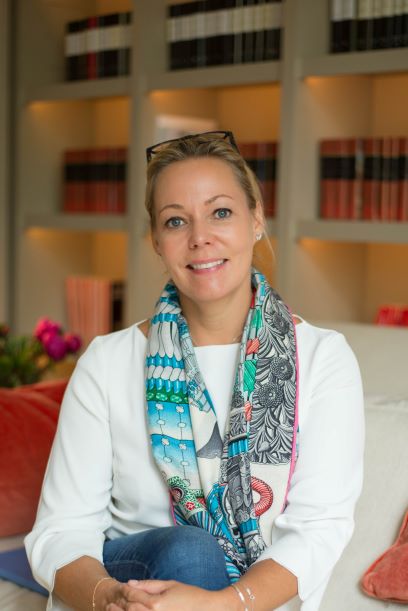Imagine living in a house that nicely reflects your mental, emotional, physical, and spiritual wellbeing. What if this was the house we inhabit every day, the space where we spend our human existence. I often speak to my clients about exploring and connecting with their inner houses. I encourage them to visualise each room, understand its decoration, and discover where they spend most of their time and why?
If we learn to love our inner house and to manage our mental, emotional, physical, and spiritual rooms, we will be naturally better regulated and aligned with ourselves. This in turn will have a positive ripple effect on every aspect of our lives, leading to greater balance, fulfilment, and resilience.
Embracing this inner renovation can transform not just our personal wellbeing, but also our relationships and how we interact with the world around us. Attachment theory and early influences may also shape our inner houses. Have we unknowingly created a house based on our family system and limiting beliefs, or have we taken the opportunity to introspect and redesign it?
The emotional room: The heartbeat of your house
The emotional room is the heart of our inner house, where our feelings and moods reside. This room can be vibrant and full of warmth or cold and cluttered, depending on our emotional state. The Journal of Happiness Studies 2023 emphasises that both positive and negative emotion regulation abilities significantly influence mental, emotional and physical health. Positive emotion regulation is particularly associated with better health outcomes and life satisfaction, even when negative emotion regulation skills are low.
Practising mindfulness, self-compassion, and self-awareness can help manage a balanced emotional room. Visualise your emotional room: what does it look like, and how do you feel when you are in there? By addressing unresolved feelings and processing these, you can redecorate this room to better serve and manage their emotions.
The mental room: The mind library
The mental room houses our thoughts, beliefs, and intellectual processes. Visualise this room to get a sense of the thoughts that live there. What is it like to be in this room? Do you spend a lot of time there? Reflect on your mental room. Is it a cluttered maze of worries or a well-organised library?
Write down all the frequent thoughts and to organise or compartmentalise them in different folders. These folders can be past, present, and future, or urgent, less urgent, and not at all urgent and trash for example. Becoming familiar with your mind library and organising it can help clients decorate this room with mindfulness, calm, creativity, and positive narratives. Cognitive behavioural therapy CBT suggests that challenging negative thoughts and nurturing a growth mindset can lead to mental clarity and resilience.
The physical room: Your sanctuary of health
The physical room reflects our body, our health, and wellbeing. Regular exercise, balanced nutrition, and sufficient sleep are vital to keeping this room in top shape. Take a moment to visualise your physical room. Is it a sanctuary of vitality or a space burdened by neglect? Establish healthy habits to ensure this room supports your overall wellbeing. Reflect on the impact the mental and emotional rooms may have in here.
The spiritual room: The soul of your house
The spiritual room represents our sense of purpose and connection to something greater than ourselves. This room is your true nature, your essence, and where your knowing lives. Connect with your spiritual room. Is it a place of inner peace or a void of disconnection? Engage in activities that nurture what you really love and where you feel a deep connection and purpose.
So, what if you could renovate the rooms in your inner house. What would you change? Would you knock down the walls of doubt to create an open space for confidence? Perhaps you would add windows to let in the light of self-awareness or build a cozy nook where you can retreat and recharge? The possibilities are endless.
The most exciting part is that the tools and materials for this renovation are already within you. All it takes is time for reflection, introspection and the vision to see what you can become.
Kristina Kennedy is a verified Welldoing online psychotherapist

